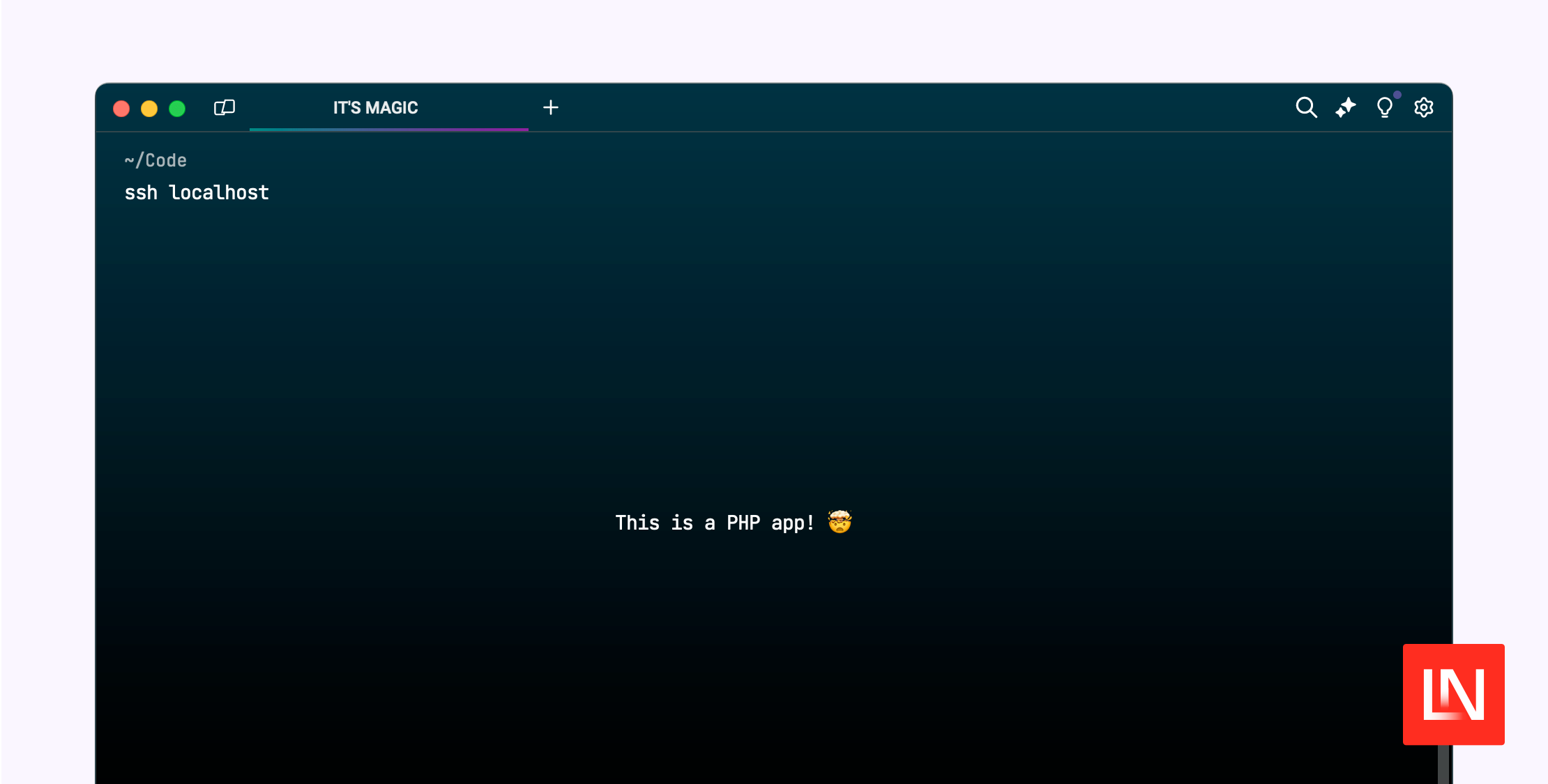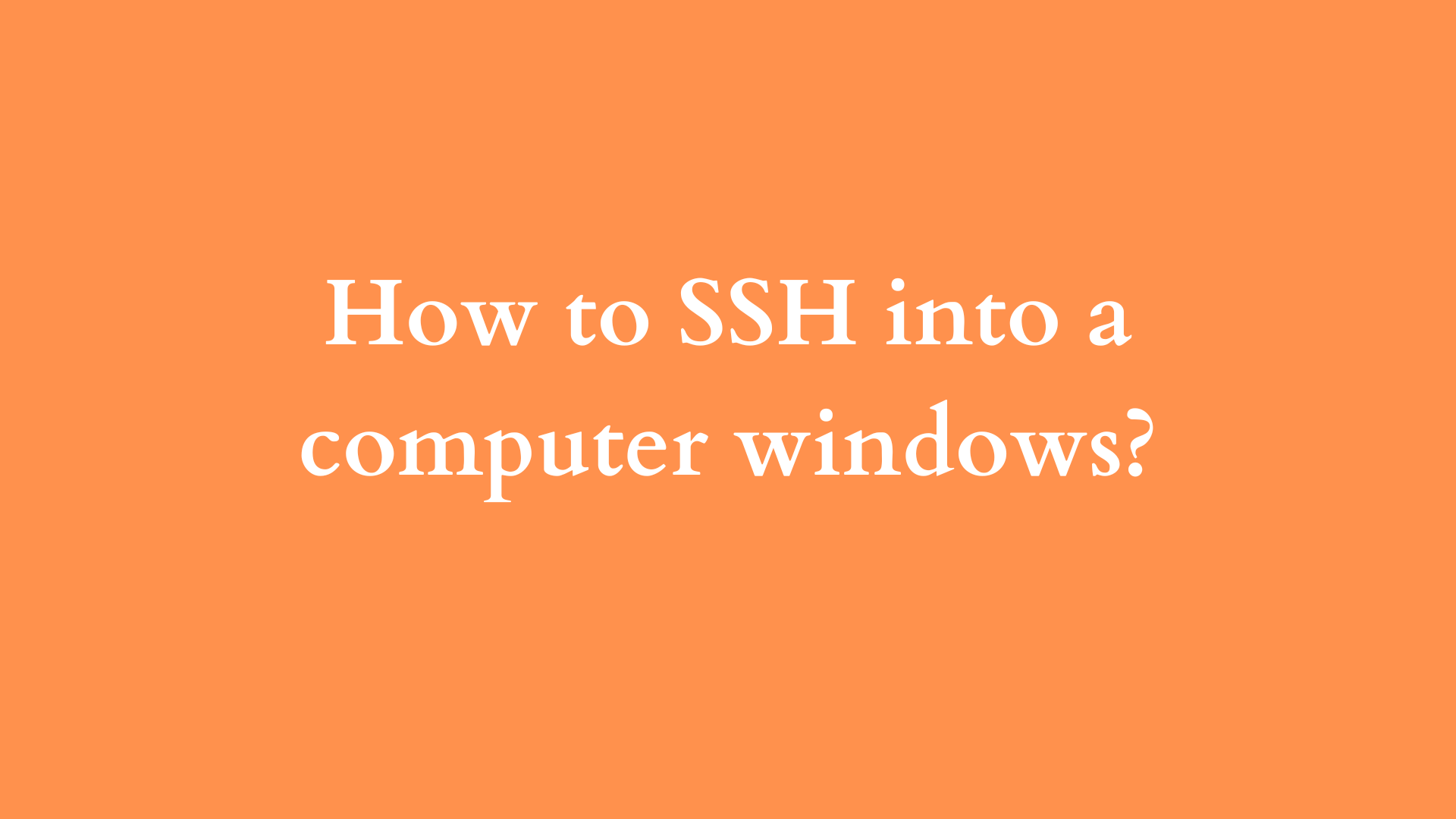Securely managing remote devices is a cornerstone of modern IoT operations, and understanding the RemoteIoT device SSH example is essential for professionals in this field. Secure Shell (SSH) provides a robust framework for accessing and controlling IoT devices remotely, ensuring both security and efficiency. With the rise of IoT ecosystems, leveraging SSH in RemoteIoT setups has become a critical skill for developers, engineers, and IT administrators alike. Whether you're troubleshooting hardware, deploying updates, or monitoring device performance, SSH offers a reliable way to maintain control without compromising security.
The RemoteIoT device SSH example demonstrates how to establish secure connections to IoT devices from anywhere in the world. By using SSH, users can bypass the limitations of traditional access methods, such as physical proximity or insecure protocols. This approach not only enhances operational flexibility but also ensures that sensitive data remains protected during transmission. As IoT devices become increasingly integrated into everyday workflows, mastering SSH configurations becomes indispensable for maintaining seamless operations.
For those unfamiliar with the RemoteIoT device SSH example, this article will guide you through the fundamentals and advanced techniques. From setting up your first SSH connection to troubleshooting common issues, we’ll explore practical insights and actionable steps. By the end of this guide, you’ll have a comprehensive understanding of how SSH can be utilized effectively in RemoteIoT environments, empowering you to manage devices with confidence and precision.
Read also:Who Was Isaac Kappy A Deep Dive Into His Life Career And Legacy
Table of Contents
- What is RemoteIoT Device SSH?
- Why Use SSH for RemoteIoT Devices?
- How to Set Up SSH for RemoteIoT?
- What Are Common Issues with RemoteIoT Device SSH?
- RemoteIoT Device SSH Example: Step-by-Step Guide
- Best Practices for Secure Connections
- Can SSH Be Used for Large-Scale IoT Deployments?
- Tools and Software for RemoteIoT SSH
- How to Troubleshoot SSH Connection Problems?
- What is the Future of RemoteIoT and SSH?
What is RemoteIoT Device SSH?
RemoteIoT Device SSH refers to the implementation of Secure Shell (SSH) protocols to manage and interact with IoT devices remotely. SSH is a cryptographic network protocol that allows secure communication over unsecured networks, making it ideal for IoT environments where devices are often distributed across various locations. By using SSH, administrators can execute commands, transfer files, and monitor device performance without exposing sensitive data to potential threats.
Why Use SSH for RemoteIoT Devices?
SSH offers numerous advantages for RemoteIoT device management. First and foremost, it ensures encrypted communication, protecting data from interception and unauthorized access. Additionally, SSH provides a flexible framework for automating tasks, such as firmware updates and system diagnostics, which is crucial for maintaining large-scale IoT deployments. The RemoteIoT device SSH example showcases how SSH can streamline workflows while maintaining a high level of security.
How Does SSH Enhance Security?
SSH enhances security by employing strong encryption algorithms and authentication mechanisms. Unlike unencrypted protocols like Telnet, SSH ensures that all data transmitted between the client and the device is protected. This is particularly important for RemoteIoT environments, where devices may be exposed to public networks. The RemoteIoT device SSH example demonstrates how SSH can mitigate risks such as eavesdropping and man-in-the-middle attacks.
How to Set Up SSH for RemoteIoT?
Setting up SSH for RemoteIoT devices involves several key steps, from configuring the device to establishing a secure connection. Below is a step-by-step guide to help you get started:
- Enable SSH on the RemoteIoT device by accessing its settings menu.
- Generate SSH keys for secure authentication.
- Configure the firewall to allow SSH traffic on port 22.
- Install an SSH client on your local machine.
- Connect to the device using the SSH client and verify the connection.
RemoteIoT Device SSH Example: Step-by-Step Guide
Let’s walk through a practical RemoteIoT device SSH example. Assume you have a Raspberry Pi configured as an IoT device. First, ensure SSH is enabled in the device’s configuration file. Next, use an SSH client like PuTTY or OpenSSH to connect to the device by entering its IP address and credentials. Once connected, you can execute commands, such as checking system logs or installing updates, directly from your terminal.
What Are Common Issues with RemoteIoT Device SSH?
While SSH is a powerful tool, users may encounter challenges when implementing it in RemoteIoT environments. Common issues include incorrect firewall configurations, mismatched SSH keys, and network connectivity problems. Understanding these potential pitfalls is crucial for maintaining a reliable connection. The RemoteIoT device SSH example highlights the importance of thorough testing and troubleshooting to resolve these issues effectively.
Read also:Jensen Ackles Journey In Smallville A Hidden Gem In His Acting Career
How to Troubleshoot SSH Connection Problems?
Troubleshooting SSH connection problems involves identifying the root cause and applying targeted solutions. Start by verifying the device’s IP address and ensuring it is reachable on the network. Next, check the SSH service status and review the configuration files for errors. If the issue persists, consult logs for detailed error messages. The RemoteIoT device SSH example provides insights into diagnosing and resolving common connectivity issues.
Best Practices for Secure Connections
To maximize the security of your RemoteIoT device SSH setup, follow these best practices:
- Use strong, unique passwords or SSH key pairs for authentication.
- Disable root login to reduce the risk of unauthorized access.
- Regularly update SSH software to patch vulnerabilities.
- Monitor SSH logs for suspicious activity.
Can SSH Be Used for Large-Scale IoT Deployments?
Yes, SSH can be effectively used for managing large-scale IoT deployments. By automating SSH tasks with scripts and tools, administrators can efficiently manage thousands of devices simultaneously. The RemoteIoT device SSH example illustrates how SSH can scale to meet the demands of complex IoT ecosystems while maintaining robust security and operational efficiency.
Tools and Software for RemoteIoT SSH
Several tools and software solutions are available to simplify SSH management for RemoteIoT devices. Popular options include OpenSSH, PuTTY, and MobaXterm. These tools offer features like key management, session logging, and multi-device connectivity, making them invaluable for professionals working with IoT environments. The RemoteIoT device SSH example demonstrates how these tools can enhance productivity and streamline workflows.
What is the Future of RemoteIoT and SSH?
As IoT technology continues to evolve, the role of SSH in RemoteIoT management is expected to grow. Innovations in encryption, automation, and device management will further enhance the capabilities of SSH, making it an even more integral part of IoT operations. The RemoteIoT device SSH example serves as a foundation for understanding how these advancements will shape the future of secure remote device management.
In conclusion, mastering the RemoteIoT device SSH example is essential for anyone involved in IoT device management. By following the guidelines and best practices outlined in this article, you can ensure secure, efficient, and scalable operations for your IoT ecosystem. Whether you're a beginner or an experienced professional, the insights provided here will help you harness the full potential of SSH in RemoteIoT environments.

